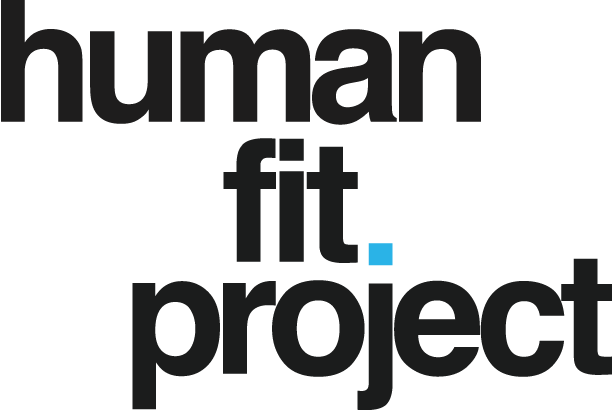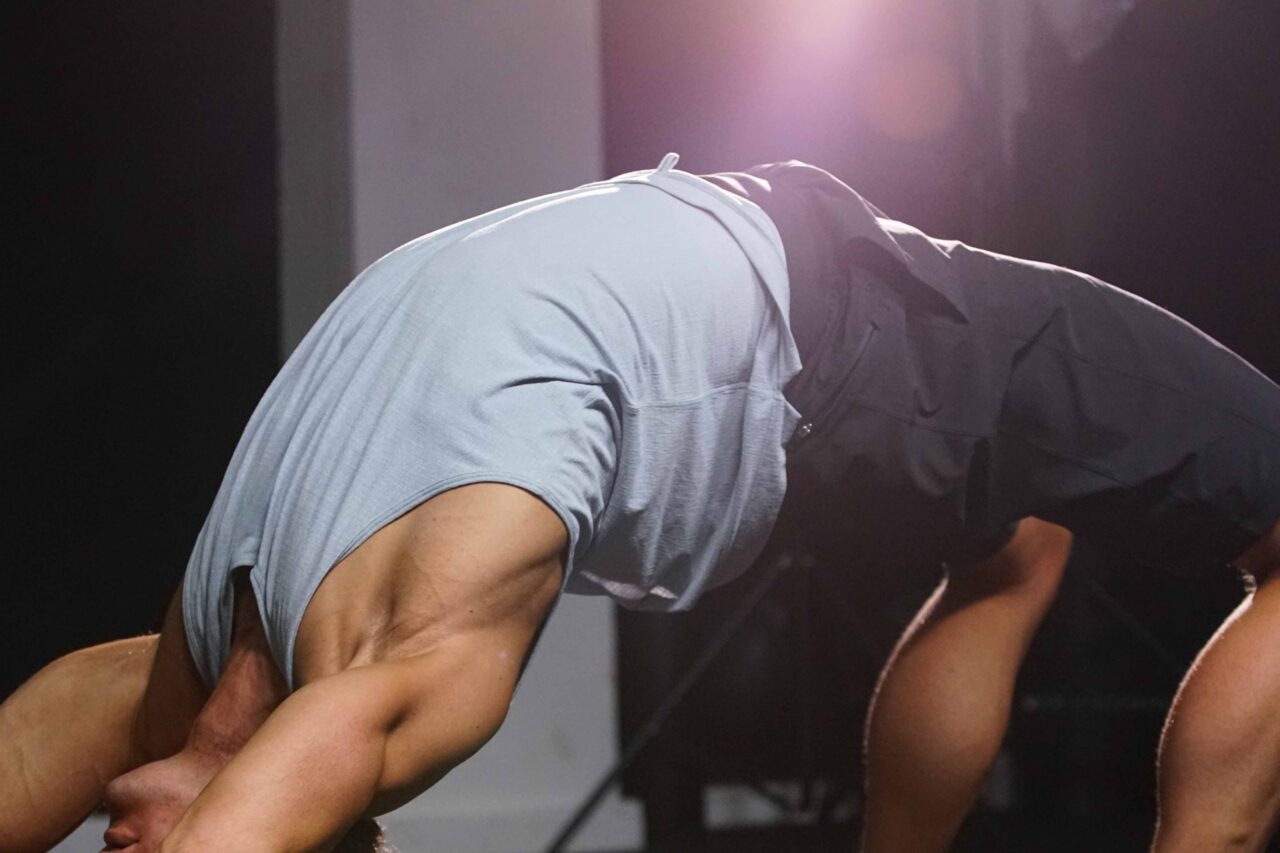Strength training can be intimidating especially if you’re over age of 40, but it shouldn’t be. A lot people over 40, find themselves afraid to lift weights due to fears of injury, thinking it’s too late, or simply not knowing where to start. However, the benefits of lifting heavy weights extend far beyond muscle gain: it’s about preventing injury, moving better, reducing body fat, and enhancing overall health. If you’re over 40, here’s how to look at weight lifting and strength training with confidence.
Related: The Over 40 workout plan
Also related: 35+ free workout plans for different goals and ability levels
The Myths That Hold Us Back
The gym can be an intimidating place, filled with big weights and the unwarranted fear that lifting heavy could hurt us. This couldn’t be further from the truth. Strength training, particularly for those over 40, is crucial for maintaining muscle mass, supporting bone density, and managing body fat. Overcoming the fear to lift heavy weights can make all the difference in achieving a more resilient, pain-free body.

Embracing Strength Training Over 40
Why Lifting Weights Is Non-Negotiable After 40
As we age, our bodies naturally begin to lose muscle mass, a condition known as sarcopenia. Lifting weights, especially lifting heavier weights, combats this decline, boosts metabolism, and supports weight loss by increasing muscle mass and reducing body fat. For most people over 40, incorporating exercises that involve lifting heavy can significantly affect overall health, aiding in the prevention of osteoporosis, improving cardiovascular health, and enhancing mental well-being.
Overcoming Self-Doubt with Proper Form and Technique
Starting to lift weights can be daunting, with anxiety and self-doubt creeping in. The key to overcoming this fear is education and practice. Learning proper form for exercises like the squat or deadlift, starting with lighter weights to build confidence, and gradually increasing to heavier weights ensures you lift heavy safely and effectively. Remember, every person in the weights area had to start somewhere, and most were once beginners feeling the same initial apprehension.
The Psychological Benefits: Beyond the Physical
Lifting weights does more than transform your body, it changes your mindset. When you start weightlifting and strength training routines, you build confidence, reduce anxiety, and strengthen your mental resilience. The act of lifting heavier weights than you thought possible can profoundly affect how you view yourself and what you believe you’re capable of achieving, both in and out of the gym.

Practical Tips to Get Started
- Begin with Guidance: Consider working with a personal trainer who can introduce you to the weights area, teach you the movement patterns of weightlifting, and help you develop a workout plan tailored to your fitness level and goals. If you can’t see a trainer, check out our Very Beginner workout plan or our Over 40 workout plan.
- Focus on the Fundamentals: Master the basic lifts with proper form before progressing to heavier weights. Exercises like the barbell squat, bench press, and deadlift are staples for a reason—they engage multiple muscle groups and build a strong foundation. To learn some of these movements, check out our list (and videos) of the 20 best exercises for men and women.
- Listen to Your Body: Pay attention to how your body responds to training. Incorporating rest days and lighter workouts is crucial for recovery, especially as your body adapts to the new stress of lifting heavy. If you’re feeling particularly sore or tired, check out these low-intensity workouts your body will love. You may also like reading our piece on the perfect day of recovery for high performers.
Make Your Strength Training a Lifestyle
Lifting weights after 40 isn’t just about overcoming the initial fear—it’s about embracing a lifestyle that prioritizes health, strength, and well-being. The journey may start with apprehension, but it leads to a path of empowerment, resilience, and a newfound love for the sport of weightlifting. Remember, it’s never too late to make a significant impact on your health, and lifting weights can be a rewarding part of that journey. Whether you’re new to the gym or returning after a break, let your desire for a healthier life overcome any fear or doubt. Start lifting, start living.
Get started with your Over 40 workout plan today!

